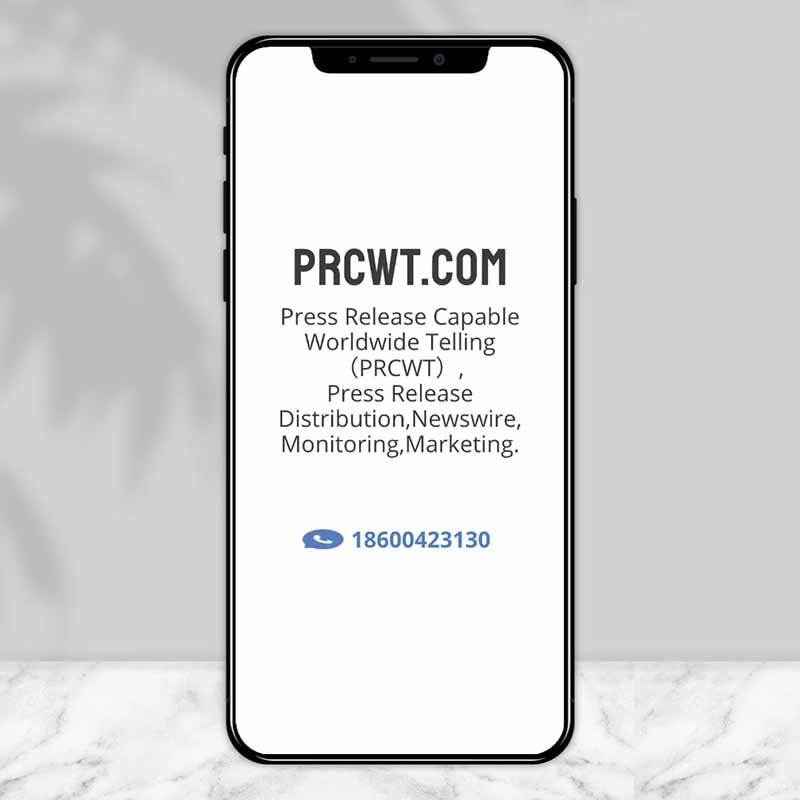In the digital age, media monitoring has become an essential tool for businesses and organizations. It allows them to track and analyze the conversations happening about them in the online world, providing valuable insights into public opinion, brand perception, and market trends. With the increasing importance of social media and the 24/7 news cycle, media monitoring has never been more critical. In this article, we will explore the basics of media monitoring, its benefits, and how it can be used to drive business success.
Media monitoring involves the use of software and tools to track and analyze mentions of a particular brand, product, or keyword across various media sources, including social media, news websites, blogs, and forums. This data can then be used to create reports and dashboards that provide a comprehensive view of the conversation. By monitoring media in real-time, businesses can stay on top of emerging trends and issues, respond quickly to negative feedback, and identify new opportunities for growth.
One of the key benefits of media monitoring is its ability to provide valuable insights into public opinion. By analyzing the sentiment of the conversations, businesses can understand how their brand is perceived by the public and identify areas for improvement. For example, if a large number of negative mentions are related to a particular product feature, the company can take steps to address the issue and improve customer satisfaction.

Another benefit of media monitoring is its role in brand protection. By monitoring for mentions of their brand that could potentially damage their reputation, businesses can take proactive measures to address the issue before it becomes a problem. This can include issuing statements, engaging with customers, or taking legal action if necessary.
In addition to these benefits, media monitoring can also be used to drive business success. By analyzing market trends and identifying emerging opportunities, businesses can develop strategies to stay ahead of the competition. For example, if a particular topic is gaining popularity in the media, a company may choose to invest in related products or services to capitalize on the trend.
To effectively use media monitoring, businesses need to choose the right tools and software. There are many options available on the market, each with its own set of features and capabilities. Some of the key factors to consider when choosing a media monitoring tool include ease of use, real-time monitoring, sentiment analysis, and customizable reports.
In conclusion, media monitoring is a powerful tool that can provide businesses with valuable insights into public opinion, brand perception, and market trends. By using the right tools and strategies, businesses can stay on top of the conversation and drive business success.